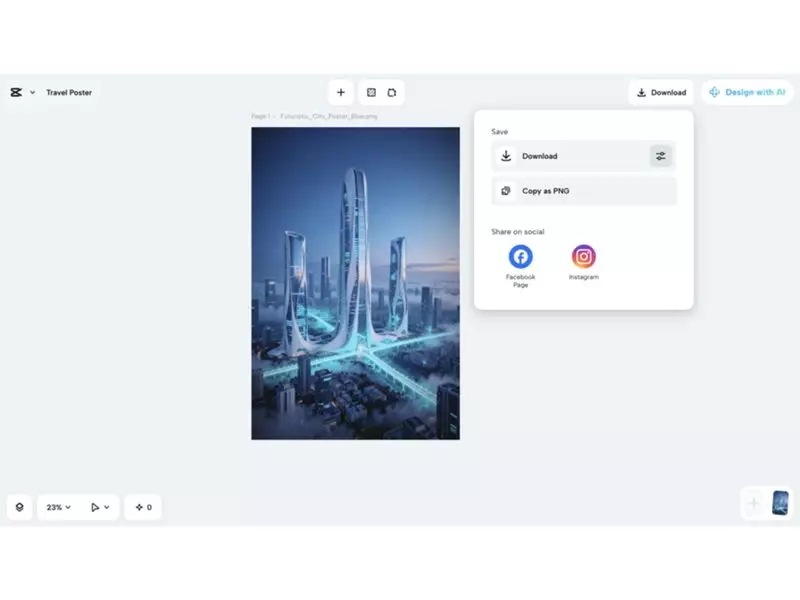
In today's fast-paced digital landscape, content creators are constantly seeking innovative ways to transform mundane material into captivating masterpieces. The emergence of artificial intelligence has revolutionized this process, making it possible to achieve remarkable results in record time.
The AI Content Transformation Revolution
Artificial intelligence is no longer just a futuristic concept—it's a practical tool that's reshaping how we approach content creation. With the right AI strategies, what once took hours of brainstorming and editing can now be accomplished in mere minutes.
Essential AI Tools for Content Enhancement
Several AI-powered platforms have emerged as game-changers for content creators. These tools leverage advanced algorithms to analyze, restructure, and enhance existing content, injecting creativity and engagement where it was previously lacking.
Step-by-Step Transformation Process
- Content Analysis: AI systems first assess your existing material to identify areas for improvement
- Creative Restructuring: Algorithms reorganize content for better flow and impact
- Language Enhancement: Sophisticated NLP technology elevates vocabulary and sentence structure
- Visual Integration: AI suggests or creates complementary visual elements
- Final Polish: Automated editing ensures professional-quality output
Practical Applications Across Industries
This AI-driven approach benefits various sectors including digital marketing, corporate communications, educational content development, and creative writing. The technology adapts to different content types while maintaining the core message and enhancing delivery.
Maximizing Your 10-Minute Sessions
To make the most of these rapid transformation sessions, content creators should focus on clear objectives, provide quality source material, and understand their target audience. The AI tools work most effectively when guided by human insight and strategic direction.
The integration of artificial intelligence into content creation represents a significant leap forward in productivity and creativity. As these technologies continue to evolve, the boundary between human creativity and machine assistance becomes increasingly blurred, opening new possibilities for content innovation.



